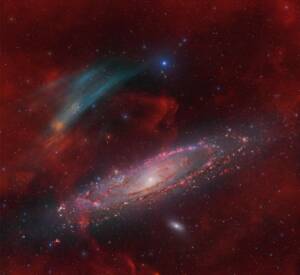
Discovery of the M31 [OIII] emission arc
Recently, a major discovery by an international team of amateur astronomers and scientists has become a huge online hit, and this new discovery is just located in one of the
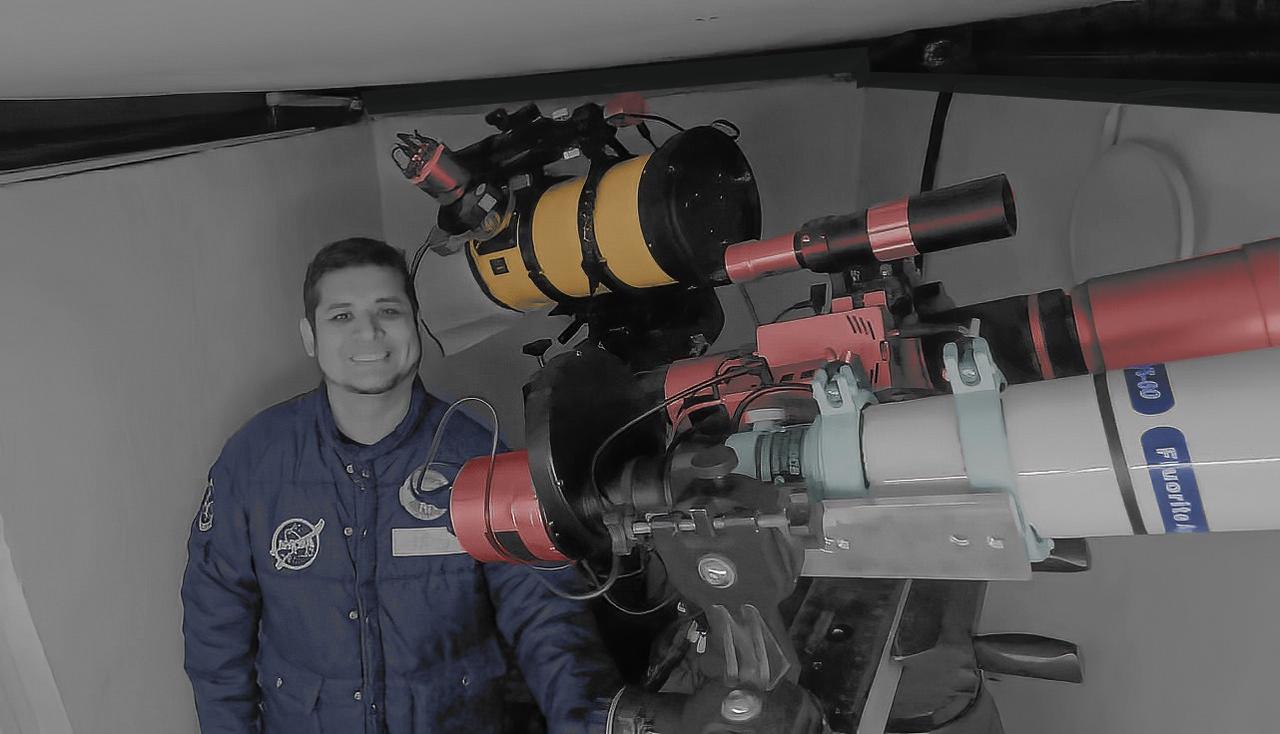
I was born in Guadalajara, I’m 38 years old, a musician, communications and electronics engineer, and president of the Guadalajara Astronomical Society A.C. since 2020.
Since I was little, my parents took me to the Planetarium in my city, where I met the Guadalajara Astronomical Society. It had an observatory with a beautiful and enormous telescope, which captivated me from the first time I saw it. There, I knew that space and science would play a very important part in my life. I was the classic child who took apart his toys trying to understand how each one worked. I was fascinated by antennas, cables, and electronics.
At university, I was part of the university television channel, where I learned to use cameras and video cameras, where I found another great passion. In 2010, one day while looking for photography accessories, I found a store that had telescopes on display. I remembered that childhood feeling of looking through a telescope; it was my chance to have my own, and that’s how I acquired my 114-900mm Newtonian telescope. Without any experience, that night my now-wife and I went out into the garden, pointed it at the brightest star, and saw Jupiter for the first time. The excitement was so great that we didn’t hesitate to grab our cameras and try to take a picture of the planet to capture the moment. Without any technique, without experience, or proper equipment, being able to photograph Jupiter was something that left a lasting impression on me. Being able to tell my friends through pictures of what we saw that day with my telescope was incredible. We carried the telescope to every meeting and set it up at every opportunity.
Searching for objects in the sky to photograph became increasingly common. I began sharing my images on social media and connected with the group of astronomers I’d met in my childhood. With them, I had the opportunity to learn how to properly use astronomical equipment and gradually participate in outreach activities. At that moment, I knew I had a responsibility to train myself in astronomy so I could answer questions from the public who, curious, asked me what I was photographing. So, I decided to take various courses and diplomas in astronomy, eventually landing on astronomical instrumentation, which for me was the holy grail, as it combined my engineering studies with the field I was newly passionate about: astronomy.
Until then, I had to carry my computer around when searching for dark skies, where more than once the frustration of relying on a laptop battery wasted many valuable hours of integration. And that’s when I discovered the ASIAIR.
This made everything from planning and capturing to things that were truly tedious, like polar aligning my equipment, so much easier.
It was like finding a whole box of solutions in a single device. Being able to organize my night better, being able to point at an object while the other object automatically positioned itself and autonomously searched for a guide star, and no longer having to worry about Meridian Flip and blurring without any cumbersome setup or hardware complications, or having to install external drivers. It was truly a marvel for me because they thought of everything.
Current Setup
We currently have three complete sets of equipment at the observatory (a 10″ f/5 telescope, combined with an ASI6200MM, EFW filter wheel, EAF focuser, an Epsilon 180 f/2.8 and an FS60, both with an ASI2600MC, also equipped with EAF and EFW.
Likewise, we have two compact setups that we can take into the field: a Samyang 135f2 and a Sharpstar 150 f/2.8, using our ASI2600MC.

Recently, a major discovery by an international team of amateur astronomers and scientists has become a huge online hit, and this new discovery is just located in one of the
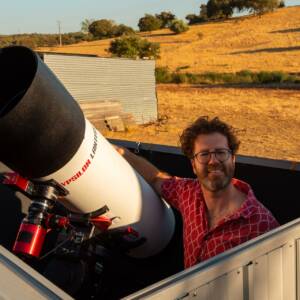
By day, David Cruz works as a digital designer. By night, he designs something far greater — images of the universe itself. “Since I was young, I was always interested
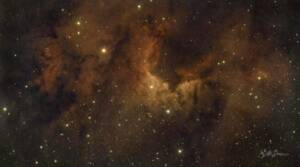
bbrown_admin, October 30, 2025 INITIAL IMPRESSIONS: The ZWO ASI585MC Air came well packaged from the manufacturer. The box is improved and has an impressive feel with a magnetic closure on
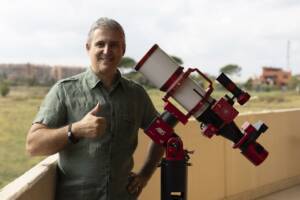
– Q3 ASIWEEK Winner Gianni Lacroce’s Astrophotography Journey Hi, I’m Gianni Lacroce, an Italian astrophotographer. My passion for the night sky began long before I owned a telescope or a
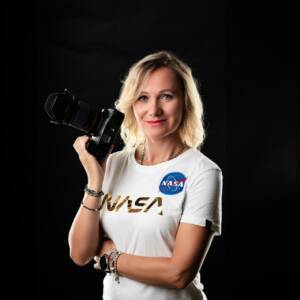
INTRODUCTION My name is Marzena Rogozińska. I live in Bytom (Poland) and work as a psychologist and pedagogue at two schools. I would like to thank you for honoring my
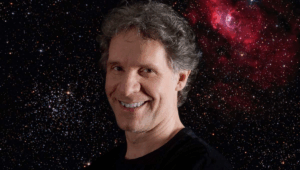
Two years after winning #44/2023, Robert Eder, a sound engineer from Vienna, Austria, has once again claimed victory with #27/2025 ASIWEEK, returning to share his astrophotography journey. Combining technical skill